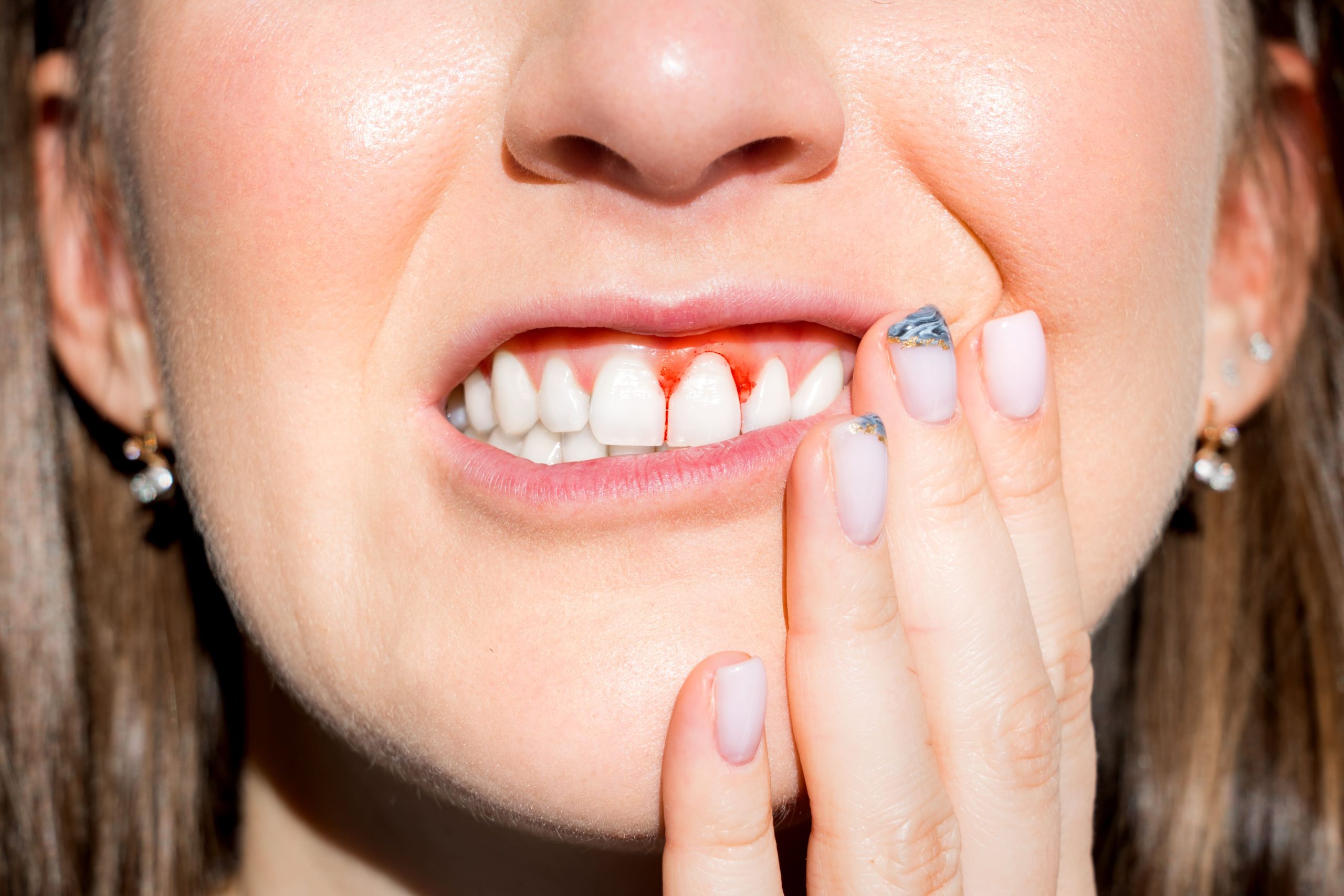Did you know that your teeth are constantly moving throughout your life?
Our teeth have evolved over hundreds of millions of years to be perfect for chewing. A number of other factors influence the position of our teeth, most notably genetics, but also the forces that are exerted on them.
Our teeth are under pressure at all times. This force comes inwards (exerted by the lips and cheeks) and outwards (exerted by the tongue), not to mention the forces expressed when we close our jaws (our bite) or chew food.
The smile that most people come to London Dental Specialists hoping to achieve is neat and uniform. Usually, teeth drift forwards, which creates a certain aesthetic that most people hope to avoid. This is because teeth move through the path of least resistance, and most of the biting force comes from the back of the mouth.
Let’s explore why our teeth move and what we can be on the lookout for.
Why do teeth move?
Our teeth’s ability to move is thanks primarily to the periodontal ligament, which surrounds every single tooth. I am perhaps biased when I say this, but it’s a fascinating structure that has been studied extensively for many years, and is a large part of my own specialty as a dentist.
Put simply, the periodontal ligament is the main reason you’d know about it if you had a strand of hair stuck between your teeth. It is incredibly sensitive.
In general, teeth move along the path of least resistance. For example, if a tooth has been pulled out or lost due to trauma or gum disease, teeth will move to crowd this gap over a period of time. Other forces, such as grinding or clenching your teeth, or favouring chewing on one side of your jaw, will add further force to the teeth, pushing them in the direction away from the force.
In many cases, when patients have the molars at the back of their mouths removed, it affects the teeth at the front of their mouth! This is because the front teeth are taking a greater amount of force from the jaw muscles. The jaw muscles aren’t aware that teeth have been removed! They’ll continue to exert the same amount of force on fewer teeth.
Imagine it this way: if you were to lay evenly on a bed of nails, it would hurt much less than if you were to put a lot of pressure on one specific area on a bed of nails. This is because you’re exerting pressure over a large surface area when you lie evenly. This means that each nail is supporting only a small amount of your weight – meaning less pressure – so they don’t cause any pain.
Why is a healthy bite so important?
When your teeth don’t align properly, it’s known as malocclusion. This could be seen as an underbite or an overbite, but both can cause serious problems.
In fact, the World Health Organisation considers malocclusion as one of the most serious oral health issues, alongside tooth decay and periodontal disease. As common as it is, its prevalence is highly variable, estimated to be between 39 per cent and 93 per cent in children and adolescents.
Your bite is very important and much dental work is carried out each year to correct problematic bites. This is because the bite must have multiple points of contact so that the biting force from the jaw muscles is evenly distributed across the teeth (think about the bed of nails!).
With issues like malocclusion or teeth grinding, the pressure exerted on the teeth and jaw can be too forceful. This means that the connective tissue that holds the teeth in place is at risk of being damaged by these forces, which could result in loose teeth. If there is too much space in the jaw, the teeth may drift out of place.
Not only will a healthy bite ensure even pressure across the mouth and reduced risk of weakened connective tissue and tooth loss, there are a number of other benefits you might not have thought of, too. A healthy bite will help you to breathe, sleep and speak easier, and ensure your smile is not only healthy but beautiful, allowing your teeth to function properly.
What treatment options are available for drifting teeth?
There is no set time frame when it comes to how quickly teeth can drift. It’s different for every patient. Some patients might find that their teeth move over a period of many years, whilst others might experience movement over a matter of months. Certain factors accelerate drifting teeth, such as gum disease (which weakens the supporting structures), tooth loss or trauma.
To regain control of your healthy and beautiful smile, a brace is an excellent option. This must only be considered in cases where there is no gum disease or the gum disease is under control, and where the teeth haven’t moved too far out. If too much movement has occurred, however, the offending teeth can be replaced with dental implants.
If you’re ready to achieve your healthiest and most beautiful smile yet, don’t hesitate to contact us. We offer free virtual consultations where we can identify what treatment is right for you. We have lots of examples of the beautiful smiles we have achieved for our patients over the years, who first came to us unconfident and concerned about their smiles. Everyone’s smile is different, but they can all be healthy and beautiful!







